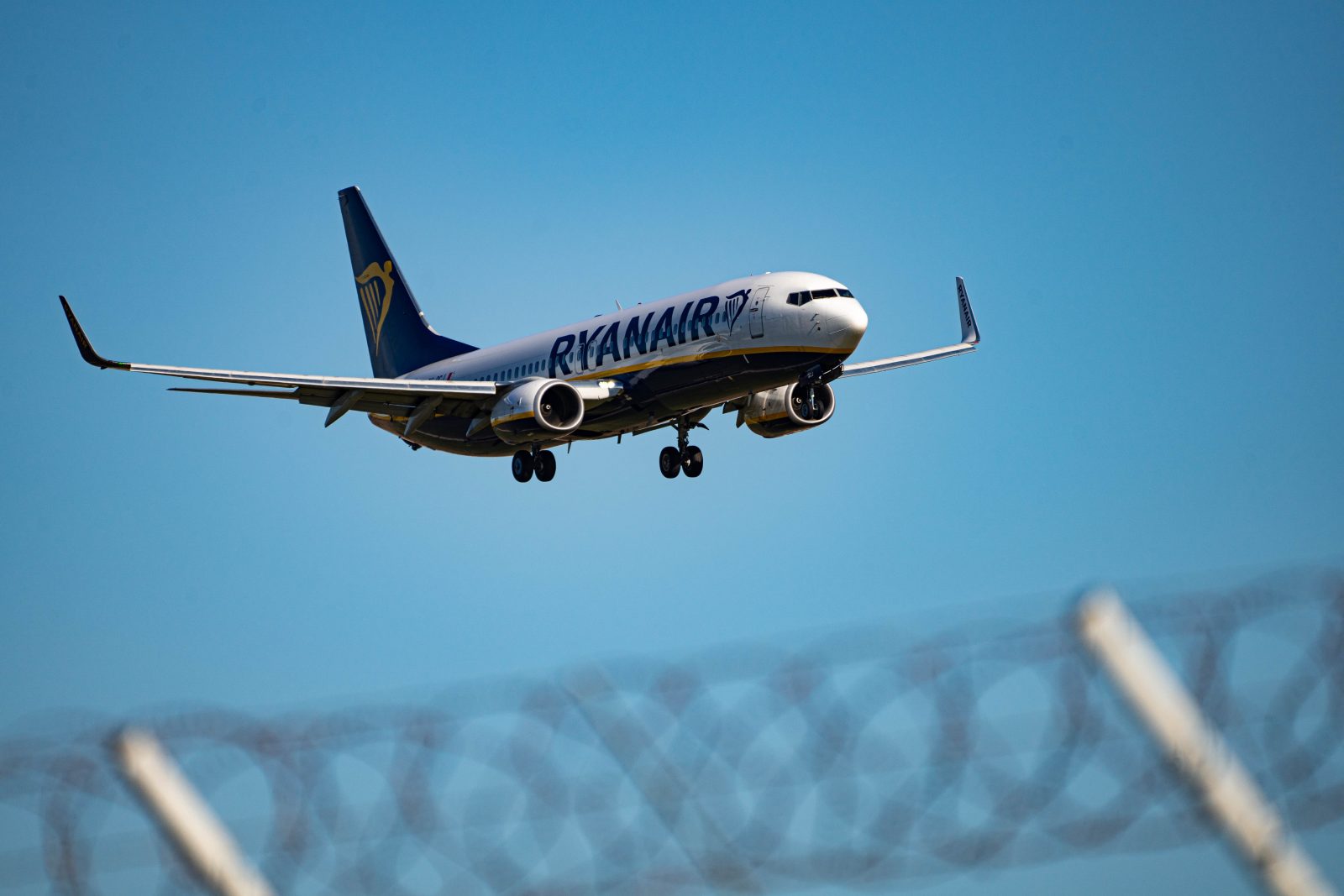
Ryanair is reportedly suing the United Kingdom’s air traffic control operator for £5 million over an airspace meltdown that stranded more than 700,000 passengers last August when a work-from-home engineer’s password didn’t work to fix a critical computer system.
Outspoken Ryanair chief executive Michael O’Leary has previously called for his counterpart at the air traffic control agency NATS to resign over the debacle that could have cost airlines as much as £65 million.
The embarrassing fiasco occurred during the busy August bank holiday weekend in 2024 when “NATS engineers were sitting at home in their pajamas,” meaning that it took more than an hour and a half after a critical safety system had gone into meltdown before technicians arrived at NATS headquarters to fix the mess.
Once the first technician arrived on site, however, it quickly became evident that he didn’t have the expertise to fix the problem and had to call a more senior engineer to troubleshoot the issue that was delaying and canceling thousands of flights.
Even then, it took at least three hours from the onset of the computer meltdown before the assistance of a more senior IT engineer was called upon, and once he arrived in the office, he didn’t know what the fault code being thrown out by the computer meant.
In the end, four hours after the issue first cropped up, NATS called the company that created the system to get to the root cause of the problem.
The Civil Aviation Authority estimates that 300,000 passengers were stranded when their flights had to be canceled as a result of the meltdown, while 95,000 passengers were booked on flights that were delayed by four or more hours.
The August 28, 2024, meltdown was traced back to a flight planning system called ‘NATS (En Route) Plc’s Flight Planning System’ or NERL for short. The NERL processes flight plans submitted by airlines, including data such as aircraft type, speed, and routing.
A final report from the CAA concluded that the system failed when a one in 15 million chance event took place as the computer tried to process a flight plan for a flight from Los Angeles to Paris that passed through British airspace.
The flight plan was compiled, formatted, and submitted in full accordance with international norms, but when NERL attempted to process the plan, it ran into problems as it tried to validate a waypoint marker for the flight to leave UK airspace.
The first two potential waypoints the system identified weren’t in the original flight plan, so they were immediately dismissed, but a third identified waypoint was included in the original flight plan and the system went ahead and tried to validate the waypoint.
It turns out, however, that the waypoint referred to in the original flight plan was for a location in North Dakota and not France. The system had no way of knowing this, however, because both waypoints share the same three-letter abbreviation.
Realizing that the flight would exit British airspace many hours earlier than the flight plan said the plane would enter, the computer generated a critical error that activated a failsafe system.
The failsafe system meant that all flight plans entering or leaving British airspace couldn’t be automatically processed, and air traffic controllers had to manually check every flight plan until the error was cleared.
Under European passenger assistance rules, Ryanair and other airlines affected by the meltdown were required to provide food vouchers and hotels to passengers delayed overnight.
Although airlines were exempted from paying delay compensation due to the meltdown being deemed an ‘extraordinary circumstance,’ the airspace restrictions cost carriers millions to recover their operations.
Related
UK Airspace Meltdown That Stranded 700,000 Passengers Was Made Worse By Engineer’s Login Password Not WorkingIn "Airline News"
Ryanair Blasts UK Aviation Regulator After Rescue Flight Ban Strands 177 PassengersIn "Airline News"
Ryanair Boss Blasts British Air Traffic Agency After Second Computer Meltdown Delays Flights at Gatwick AirportIn "Airline News"
Mateusz Maszczynski honed his skills as an international flight attendant at the most prominent airline in the Middle East and has been flying ever since... most recently for a well known European airline. Matt is passionate about the aviation industry and has become an expert in passenger experience and human-centric stories. Always keeping an ear close to the ground, Matt's industry insights, analysis and news coverage is frequently relied upon by some of the biggest names in journalism.







